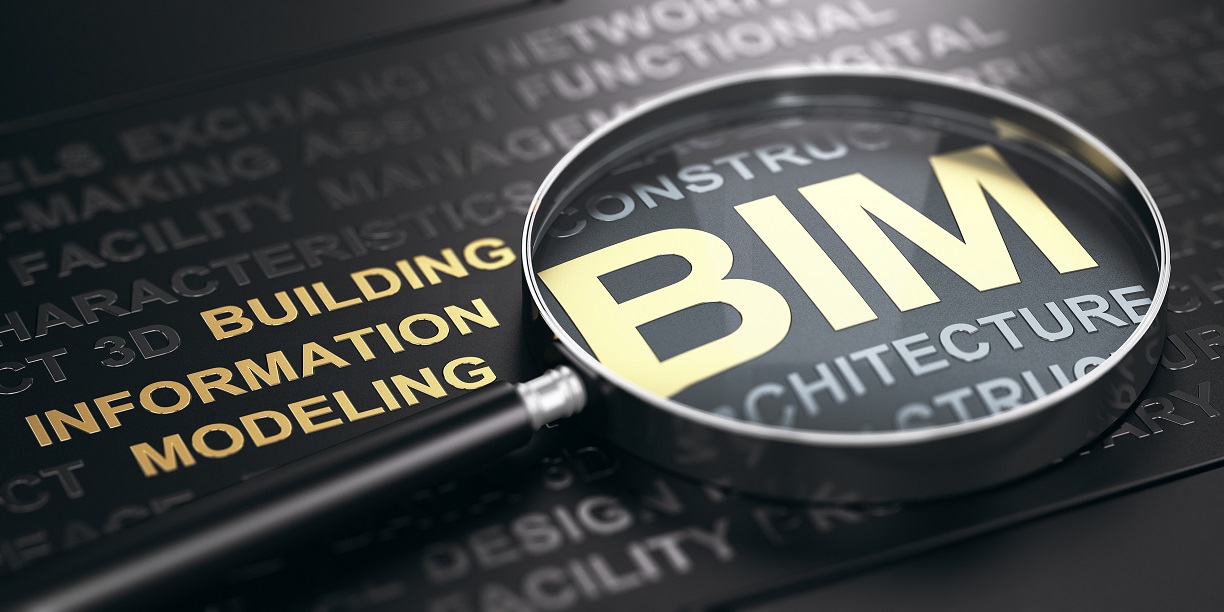Working together for more digitalisation in the construction industry – BIM conference 2022
Expert meeting in Forchheim: The Bavarian district town hosted the BIM Conference 2022. For two days, industry experts discussed the status quo in the field of Building Information Modelling (BIM) and deliberated on the next steps. The Central Association of German Electrical and Information Technology Trades (ZVEH), the Association of the Electrical and Digital Industry (ZVEI), the Association for Electrical, Electronic & Information Technologies (VDE) and representatives of various companies were present. AmpereSoft Managing Director Stefan Mülhens was also on site.
Energy Saving Ordinance, more fire protection, skills shortage, communication deficits, exceeding time and financial targets: The complexity of construction projects has increased significantly in recent years. Reason enough to discuss how quality and costs can nevertheless be kept within reasonable limits. The BIM conference not only offered a platform for professional exchange and the description of the current state of affairs with regard to BIM. Rather, a joint definition of goals was developed, the results of which are reflected in the “Forchheim Declaration” and the formation of specific task forces.
Promote digitalisation and BIM implementation in a timely manner
The result of the conference is clear: the current challenges can only be met with a timely digitalisation that encompasses all stages of a construction project. For this purpose, Building Information Modelling should be implemented that includes the processes of planning and documentation. This also concerns the planning of building automation, for which electrical engineering is important. Stefan Mülhens uncovered the numerous pitfalls and questions that also arise, for example, when transferring projected energy and installation distributors into the BIM, and at the same time showed the experts present how to avoid them: Among other things, it must be ensured that the models contain all the necessary details for integration, but that the detailed plans of the interior fittings are available as a separate model and description. In addition, descriptions such as final circuits and their properties must be standardised and safe positioning in the building model must be realised.
Another crucial point is the creation of a continuous data flow from the tendering of a construction project to the final invoice, use and demolition as well as disposal. The final invoice must be completely digitalised in order to avoid loss of information and incorrect entries during manual transmissions. The connection of all systems involved in the process must be made possible with open interfaces. LeanConnect is an example of cross-system communication.
Versatile advantages
Last but not least, the implementation of BIM requires the mapping of all relevant third-party systems such as DIN BIM Cloud StLB and ECLASS as well as the promotion of assistance systems based on the applicable standards.
The BIM Conference 2022 laid the foundation for further expert discussions and concrete steps with the aim of successfully digitising the construction industry. All players benefit from the numerous advantages resulting from this. Thus, quality and margins are maintained, while the skills shortage – among other things due to the increased attractiveness of an apprenticeship in the electrical trade – is reversed. In addition, new forms of work are emerging and the quality of work and life of the employees is increasing.

